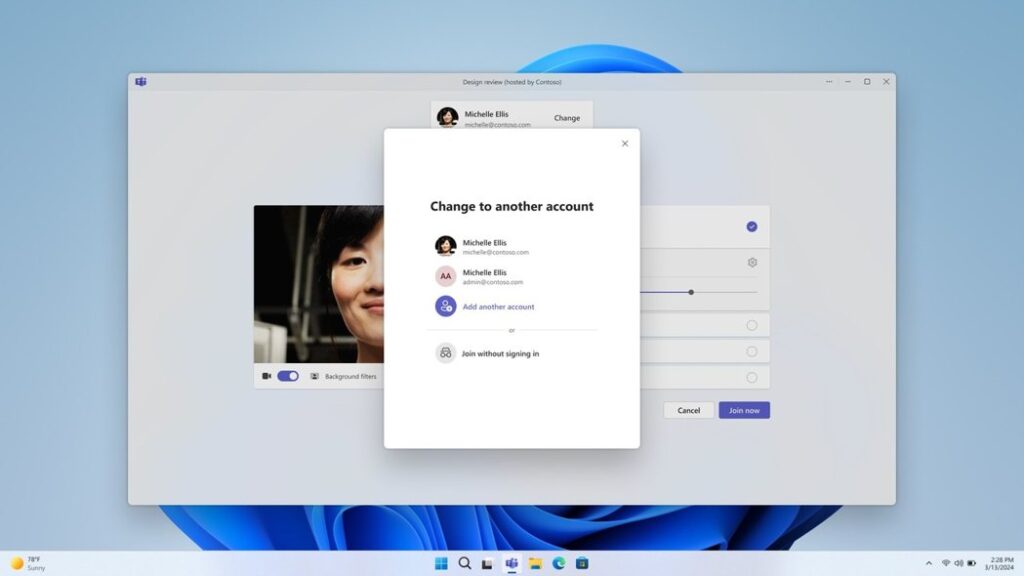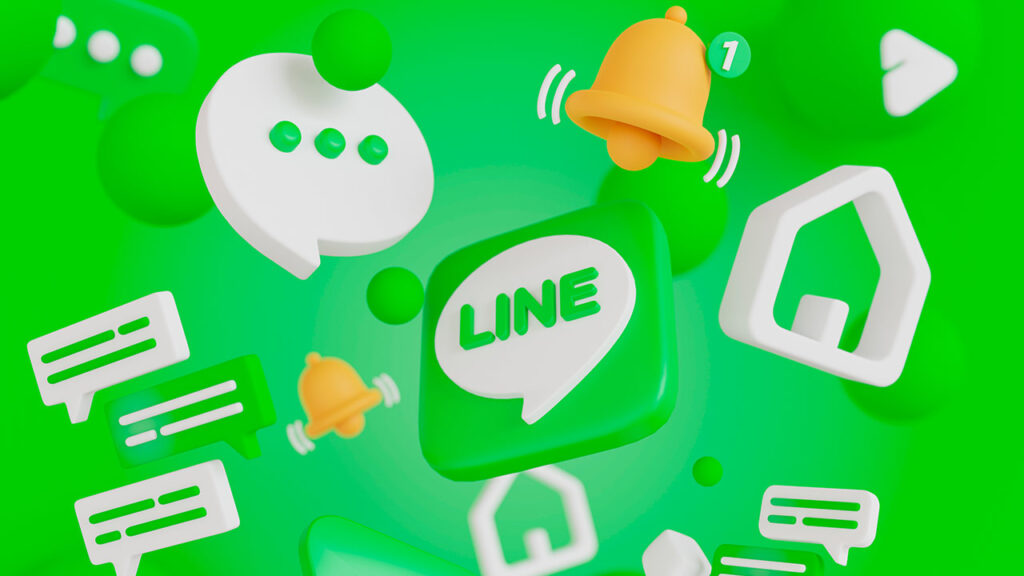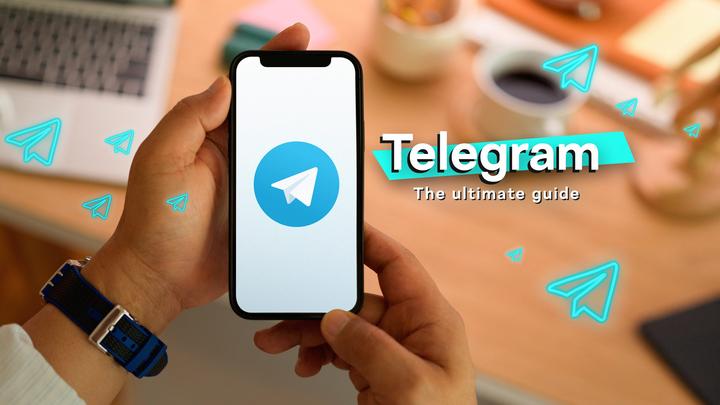
The Birth of Signal: A Vision for Secure Communication
In an age where data privacy and online surveillance became growing concerns, the concept of Signal emerged as a revolutionary answer to the global demand for secure messaging. Signal was conceived with a simple but powerful vision: to enable private communication without compromising user data. Founded by Moxie Marlinspike and originally developed under the Open Whisper Systems banner, Signal was not just another messaging app. It was a mission to redefine digital communication through transparency, security, and freedom from commercial exploitation.
At its core, Signal was designed to solve the shortcomings of traditional messaging platforms. Most apps at the time were not end-to-end encrypted or relied heavily on user data for monetization. Signal stood out from the beginning by committing to open-source development and prioritizing user privacy above all else. The Signal protocol, which underpins the app’s security features, was groundbreaking and later adopted by tech giants like WhatsApp, Facebook Messenger, and Skype.
Early Challenges and Development Milestones
Signal’s journey was not without obstacles. In its early days, it lacked the polished interface and user base of more mainstream apps. The priority was always the strength of its encryption, which sometimes meant sacrificing user experience. However, a dedicated community of developers and privacy advocates contributed to continuous improvement and feature development.
One of the biggest turning points came in 2015 when the app began receiving endorsements from cybersecurity experts and privacy advocates. Notably, Edward Snowden publicly supported Signal, claiming it was the app he used every day. This validation brought much-needed credibility and attention to the project. At the same time, support from organizations like the Freedom of the Press Foundation and later the Signal Foundation helped to ensure financial backing that didn’t compromise the app’s values.
The introduction of encrypted voice and video calling further established Signal as a serious contender in the messaging space. These features allowed users not only to send secure texts but also to communicate in real-time with the same level of protection, a capability that was rare at the time.
Signal’s Technological Edge
What truly differentiates Signal is the technology behind it. The app employs the Signal protocol, a state-of-the-art cryptographic framework that ensures messages are only visible to the sender and recipient. Unlike other platforms that may store message content or metadata, Signal stores minimal user information.
The Signal protocol uses a combination of the Double Ratchet algorithm, prekeys, and the X3DH key agreement protocol, making it exceptionally robust against attacks. This design allows messages to remain secure even if some session keys are compromised. It also enables forward secrecy and self-healing properties, which are essential for maintaining privacy over time.
Additionally, Signal does not store any backups on its servers unless explicitly allowed by the user. It doesn’t retain metadata, contact lists, or message content, meaning even if forced by governments or attackers, there is little to no useful data to be extracted.
Open Source and Transparency
One of Signal’s most admirable attributes is its commitment to open-source development. Anyone can view, audit, or contribute to the Signal codebase. This transparency is critical in building trust, as it allows independent security experts to verify the app’s claims about its encryption and privacy practices.
This open approach also fosters innovation. Developers from around the world contribute to improving the app, fixing bugs, and suggesting new features. This collaborative effort ensures that Signal remains at the forefront of privacy-first communication tools.
Moreover, open-source development sets Signal apart from competitors who often operate behind closed doors. It gives users a sense of empowerment, knowing they’re using software that has been publicly vetted and is not secretly gathering information.
The Signal Foundation and Its Impact
In 2018, Signal underwent a significant transformation with the creation of the Signal Foundation. Backed by a $50 million loan from WhatsApp co-founder Brian Acton, the foundation was established to ensure Signal could remain independent and non-commercial. This funding structure allows Signal to operate without the pressure of generating revenue from ads, data mining, or corporate partnerships.
The Signal Foundation’s mission is to develop open-source privacy technology that protects free expression and enables secure global communication. With this guiding principle, the foundation has helped accelerate the development of new features, improve the app’s usability, and expand its reach globally.
Under the foundation, Signal saw the release of desktop apps, enhanced group messaging capabilities, disappearing messages, and even payment functionality in select markets. These developments helped Signal to broaden its appeal beyond niche users and into mainstream adoption.
Signal in the Spotlight: Mass Adoption
The real explosion in Signal’s popularity came during moments of global digital awareness. In January 2021, WhatsApp announced changes to its privacy policy that triggered a massive backlash. Many users, concerned about data sharing with Facebook, began searching for alternatives. Signal experienced a dramatic surge in downloads, temporarily overwhelming its servers.
This sudden rise marked Signal’s transition from a niche app to a household name. Celebrities, activists, and tech leaders encouraged their followers to switch to Signal. The endorsement from Elon Musk, who tweeted “Use Signal,” further propelled the app into the global spotlight.
As millions migrated to Signal, the app scaled rapidly while maintaining its core privacy values. It proved that it could not only offer secure communication but also deliver reliability and performance at scale.
Future of Signal: Challenges and Opportunities
Despite its success, Signal faces several ongoing challenges. Balancing privacy with usability remains a delicate task. Unlike competitors, Signal cannot rely on invasive analytics or user data to guide its development. Every decision must be weighed carefully to maintain its reputation as a privacy leader.
Another challenge is ensuring long-term financial sustainability. While the Signal Foundation has been able to fund operations through grants and donations, the question of monetization without compromising values remains. Signal has recently explored donation-based models and may continue to innovate in this area.
International censorship is also a concern. In some countries, Signal’s encryption has led to restrictions or outright bans. To address this, Signal is developing techniques like domain fronting and other anti-censorship measures to keep the app accessible in hostile environments.
Despite these hurdles, the future is bright. Signal continues to inspire a movement for ethical technology. It has proven that you can build a successful, globally recognized app without compromising privacy. The continued evolution of Signal reflects a broader cultural shift toward demanding more from the technologies we use daily.
Conclusion
Signal’s evolution from a simple idea into a globally respected privacy app is a testament to the power of values-driven development. In a world increasingly dominated by surveillance and monetized data, Signal offers a refreshing alternative: secure, transparent, and free communication for all. Its growth story is not just about features and downloads; it’s about reshaping what we expect from our digital tools. As the demand for privacy continues to grow, Signal stands as a beacon of what’s possible when technology puts people first.






